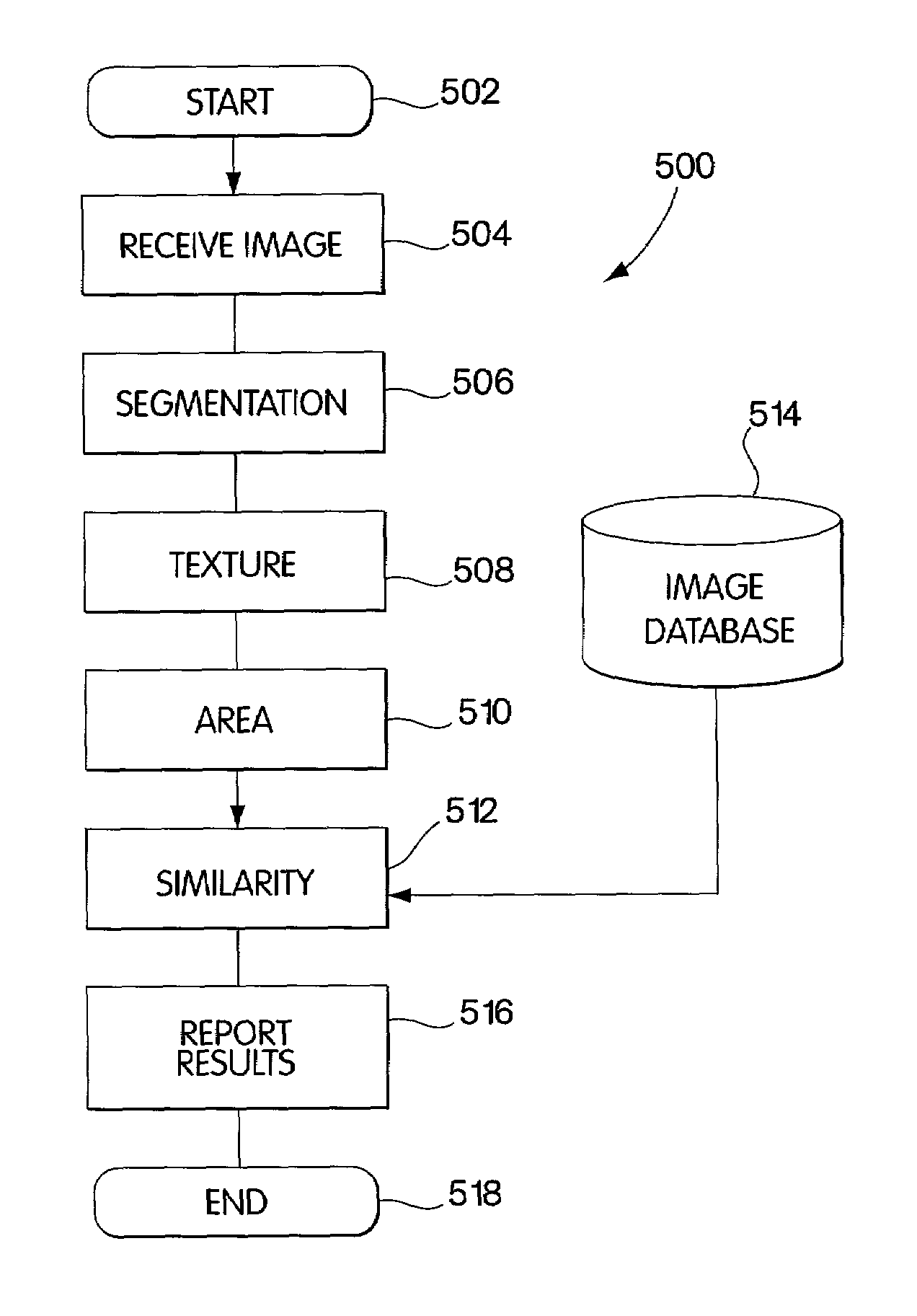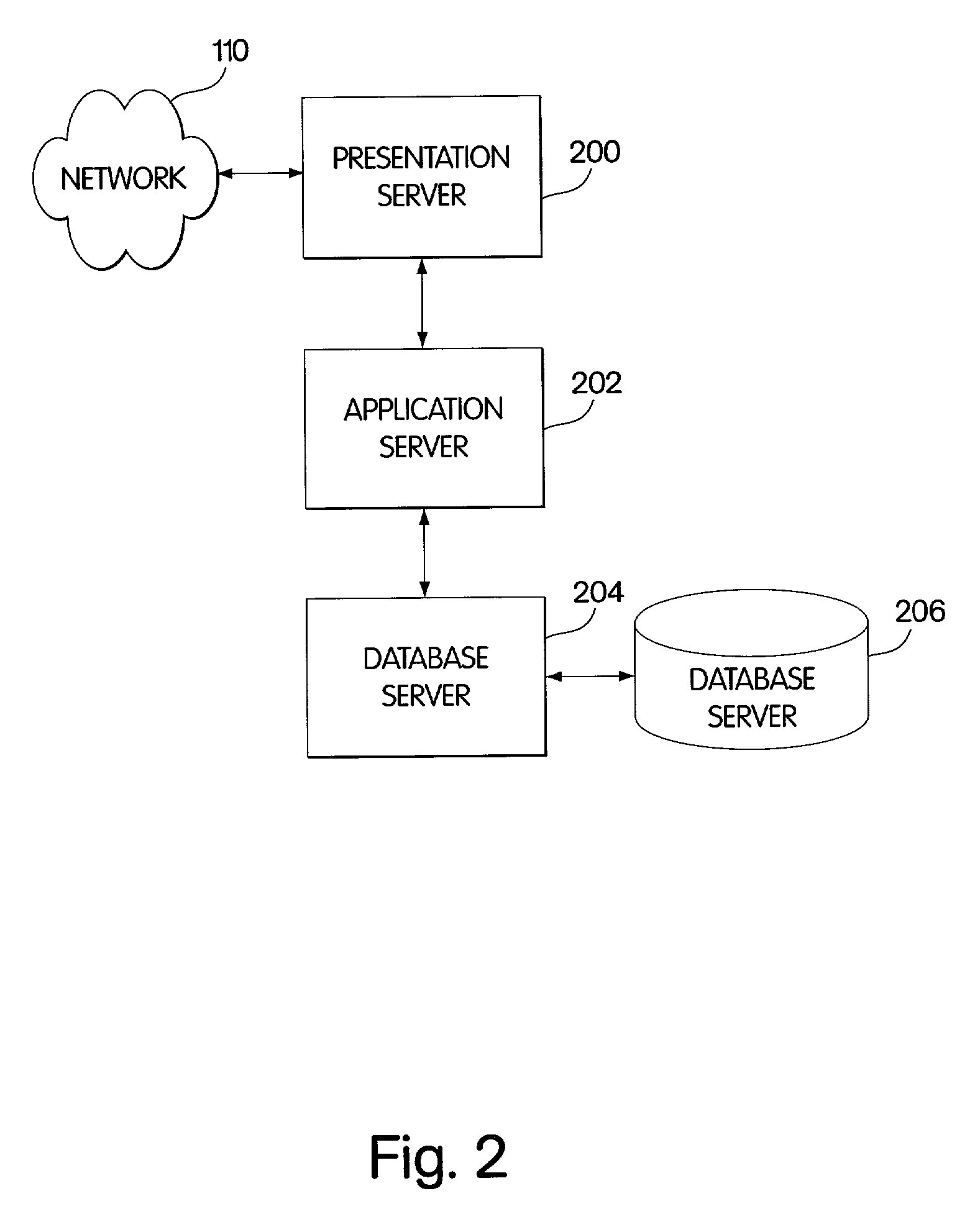Collaborative diagnostic systems
a diagnostic system and collaborative technology, applied in the field of collaborative diagnostic systems, can solve the problems of confusion between these two, difficult discrimination among known pathologies, and rise to a significant number of false negatives, so as to improve diagnostic accuracy or early detection
- Summary
- Abstract
- Description
- Claims
- Application Information
AI Technical Summary
Benefits of technology
Problems solved by technology
Method used
Image
Examples
Embodiment Construction
[0025]To provide an overall understanding of the invention, certain illustrative embodiments will now be described, including a system for collaborative, computer-aided discrimination among lymphoproliferative pathologies. However, it will be understood that the methods and systems described herein can be suitably adapted to any environment where discrimination among similar visual samples or detection of a pathology based upon visual features would benefit from a combination of computer-aided and collaborative human diagnosis. For example, the systems and methods are applicable to a wide range of biological specimen images, including medical diagnostic applications, such as radiology, and in particular to diagnosis involving analysis of cellular, or other microscopic, visual data. These and other applications of the systems described herein are intended to fall within the scope of the invention. More generally, the principles of the invention are generally applicable to any environ...
PUM
 Login to View More
Login to View More Abstract
Description
Claims
Application Information
 Login to View More
Login to View More - R&D
- Intellectual Property
- Life Sciences
- Materials
- Tech Scout
- Unparalleled Data Quality
- Higher Quality Content
- 60% Fewer Hallucinations
Browse by: Latest US Patents, China's latest patents, Technical Efficacy Thesaurus, Application Domain, Technology Topic, Popular Technical Reports.
© 2025 PatSnap. All rights reserved.Legal|Privacy policy|Modern Slavery Act Transparency Statement|Sitemap|About US| Contact US: help@patsnap.com



